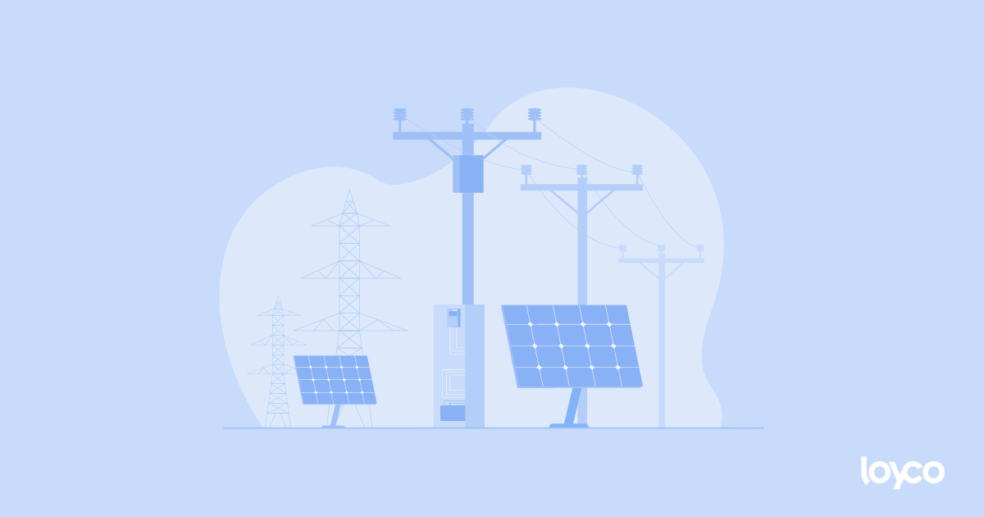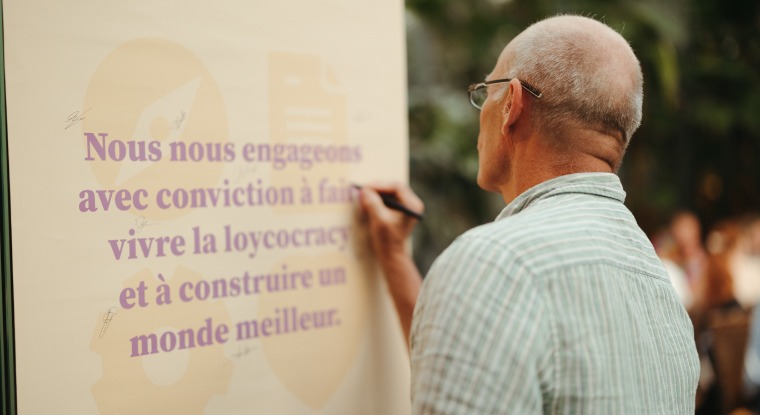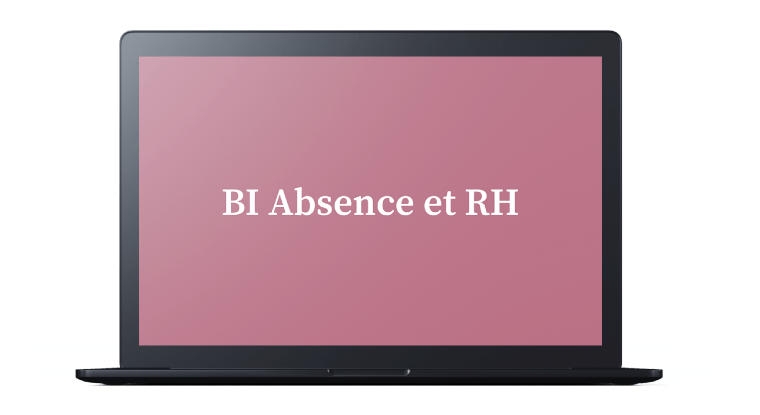
Pénurie d’électricité: risque émergent ou épouvantail?
Dans une vidéo retentissante parue en septembre 2021, le conseiller fédéral Guy Parmelin a évoqué la possibilité d’une pénurie d’électricité à venir en Suisse et ses conséquences. Mais qu’en est-il réellement? Notre spécialiste en gestion des risques, Grégoire Mottier, vous propose un tour d’horizon du sujet.
Cette potentielle pénurie d’électricité constitue-t-elle un risque émergent pour toutes les organisations du pays? Nous avons essayé d’en savoir plus, notamment en contactant de manière informelle deux acteurs Gestionnaires de Réseaux de Distribution (GRD) en Suisse romande. Leurs réponses ne sont pas encore 100% définitives, mais déjà suffisamment éclairantes.
Les mesures en place aujourd’hui
Afin d’anticiper une éventuelle pénurie, une organisation pour l’approvisionnement en électricité en cas de crise a été mise sur pieds. Cette dernière, nommée OSTRAL, devient active en cas de pénurie d’électricité sur ordre de l’approvisionnement économique du pays (AEP). Elle pour but d’anticiper une potentielle pénurie et d’inciter les organisations à gérer un éventuel black-out.
Les mesures préparatoires consistent en trois axes:
- Un appel à économiser l’électricité en général (ceci est facultatif et fait visiblement appel au bon sens);
- Des restrictions de consommation interdisant les installations énergivores (les éclairages publicitaires par exemple);
- Un contingentement (rationnement programmé).
Cette dernière mesure s’adresse à ce que l’on pourrait appeler les «gros consommateurs», dont la consommation annuelle dépasse 100’000 kWh. À titre de comparaison, un ménage disposant d’un appartement de 4 pièces consomme déjà 4’500 kWh par an! À première vue, les mesures de contingentement pourront être ordonnées par un GRD, avec un calcul sur une période de référence, basé sur la consommation durant la même période l’année précédente.
À ce jour, nous n’avons pas connaissance de dispositions légales prévoyant des sanctions en cas de non-respect des mesures de contingentement de la part des gros consommateurs. Enfin, et en cas d’échec des mesures d’économie et de contingentement, un délestage (coupures) du réseau pourrait être appliqué durant quelques heures en cas de dernier recours. Il serait opéré par secteurs et zones de desserte.
Pour les organisations avec installations critiques
Les organisations disposant d’installations critiques, comme les hôpitaux, sont incitées à établir une hiérarchie de criticité pour leurs activités dépendant de la fourniture d’électricité, ainsi qu’un plan de mesures adapté (classification, groupes de secours…). Dans l’industrie par exemple, les étapes de production doivent être disséquées afin de gérer l’interruption de processus critiques, dans l’objectif de minimiser les impacts d’un éventuel délestage.
Un délestage dès 2025, réaliste?
Vient ensuite la question à 1 million de dollars que nous avons posée à deux acteurs parmi nos contacts GRD: «Pensez-vous qu’un délestage pourrait réellement survenir dès 2025 et au-delà?». Les réponses divergent et vont du «ça m’étonnerait» au «oui, certainement, et dans un scénario impliquant plusieurs pays européens». Les avis sont également très variés lorsque nous évoquons les conséquences d’une probable électrification de tout le parc de véhicules en Suisse durant les années à venir.
Pour conclure et plus spécifiquement en termes de Risk Management: oui, une pénurie d’électricité avec de possibles coupures de courant sur plusieurs heures n’est pas exclue en Suisse durant les années à venir. D’un simple point de vue citoyen et à titre préventif, toutes les organisations devraient mettre en place des efforts d’économies, et cela sans trop tarder. Il est important aujourd’hui d’inclure ce sujet dans les dispositifs de gestion des risques des organisations, de saisir dès à présent des mesures de réduction et de surveiller leur implémentation dans les années à venir.
Bonne chance, et n’oubliez pas d’éteindre la lumière!
Ressources
Voir la vidéo du conseiller fédéral Guy Parmelin, de Werner Meier et Michael Frank au sujet de la pénurie d’électricité en Suisse.

















